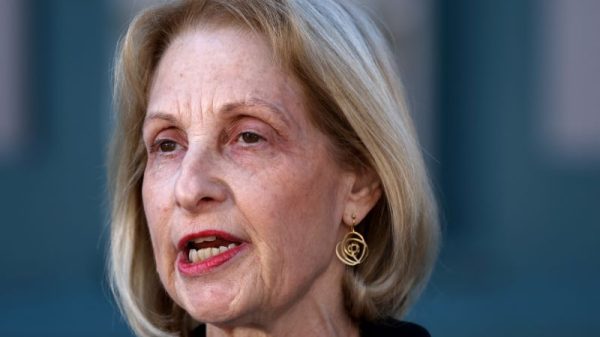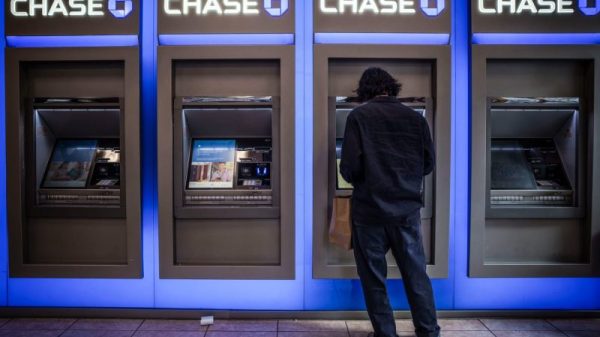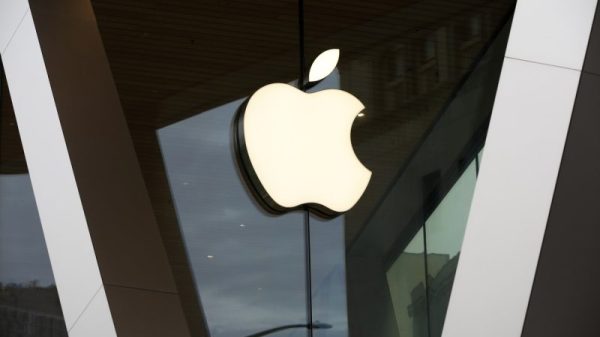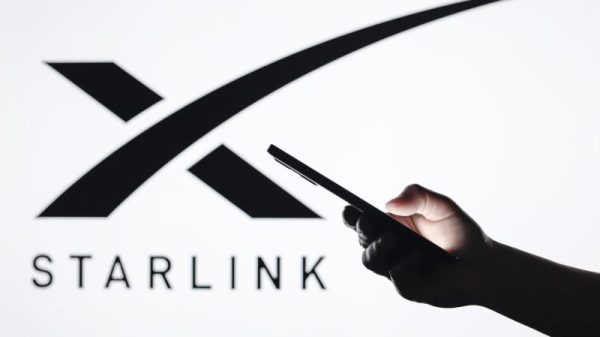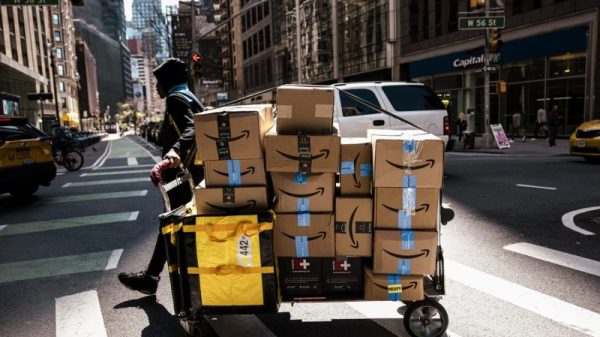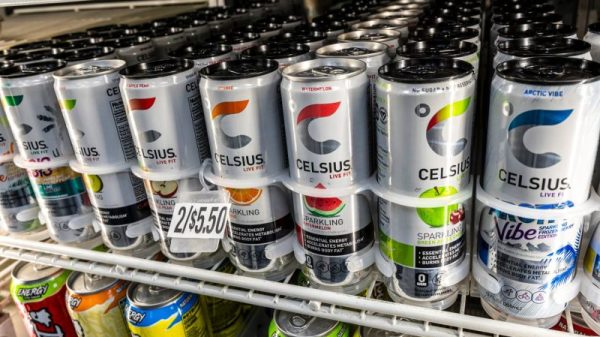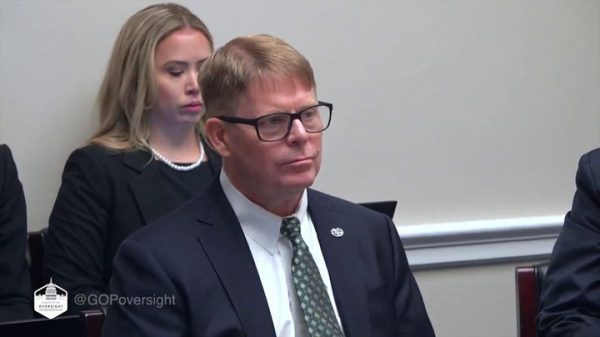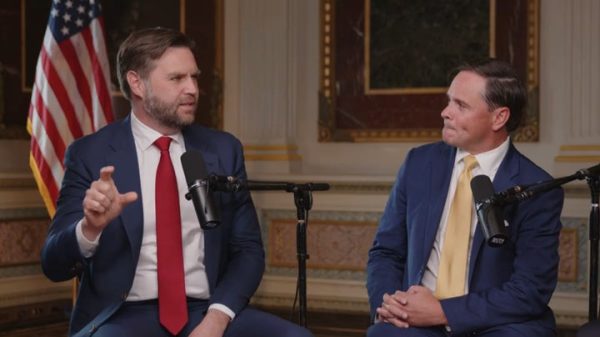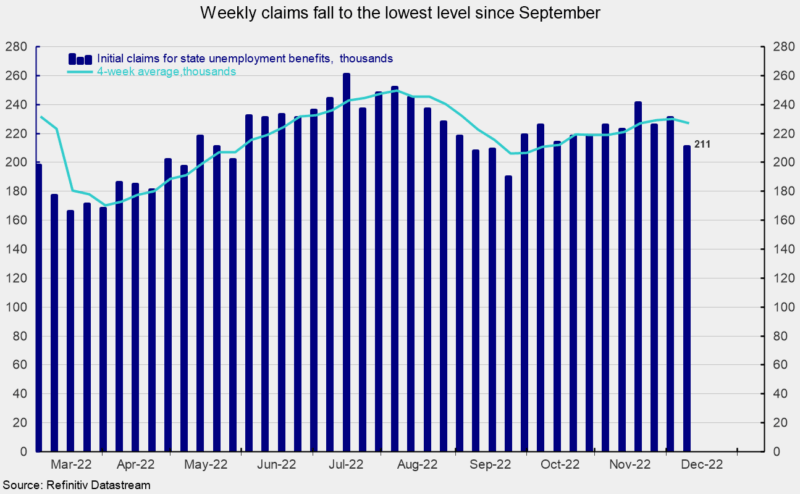Initial claims for regular state unemployment insurance fell by 20,000 for the week ending December 10th, coming in at 211,000. The previous week’s 231,000 was revised up from the initial estimate of 230,000 (see first chart). The drop puts weekly claims at the lowest level since September 24th despite having risen in six of the last eleven weeks. The four-week average of weekly initial claims fell to 227,250, down 3,000 for the week. The drop follows four consecutive increases (see first chart).
When measured as a percentage of nonfarm payrolls, claims came in at 0.145 percent for November, up from 0.140 in October and above the record low of 0.117 in March (see second chart). While the level of weekly initial claims for unemployment insurance remains very low by historical comparison, there have been some mixed signals recently, raising some concern.
Job-cut announcements have increased for three consecutive months. Job cut announcements jumped to 76,835 in November versus 33,843 in October, the highest level since January (see third chart). While the data continue to imply a tight labor market, continued elevated rates of price increases, an aggressive Fed tightening cycle, and fallout from the Russian invasion of Ukraine remain risks to the economic outlook.
The number of ongoing claims for state unemployment programs totaled 1.557 million for the week ending November 26th, an increase of 299,208 from the prior week (see fourth chart). State continuing claims have jumped to the highest level since April 2nd (see fourth chart).
The latest results for the combined Federal and state programs put the total number of people claiming benefits in all unemployment programs at 1.586 million for the week ended November 26th, an increase of 302,109 from the prior week.
While the overall low level of initial claims suggests the labor market remains tight, there are some mixed signals in the data. The tight labor market is a crucial component of the economy, providing support for consumer spending. However, persistently elevated rates of price increases already weigh on consumer expectations for the future, and if consumers lose confidence in the labor market, they may significantly reduce spending. The outlook remains highly uncertain.









